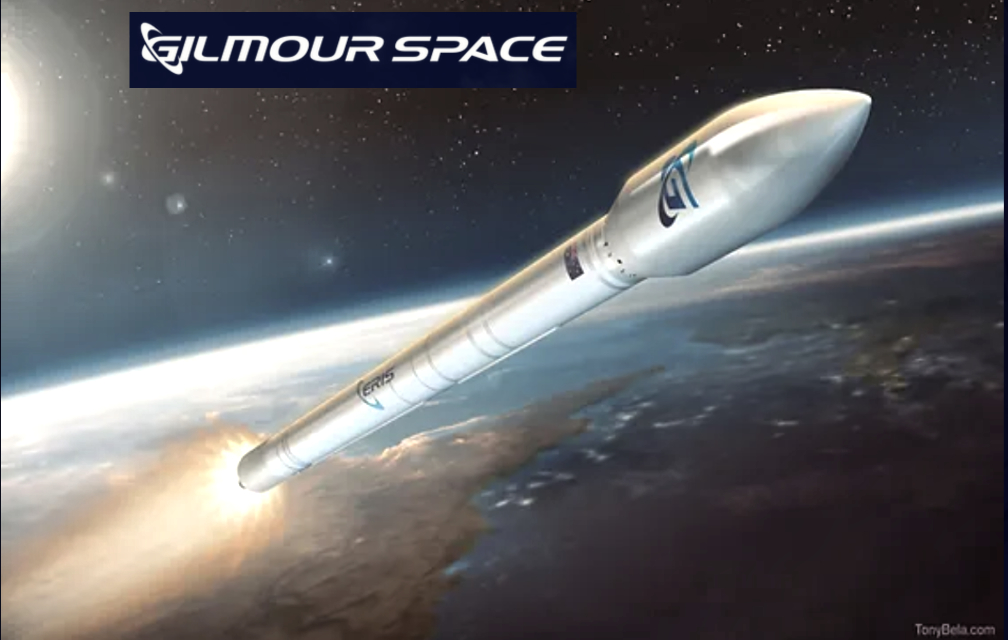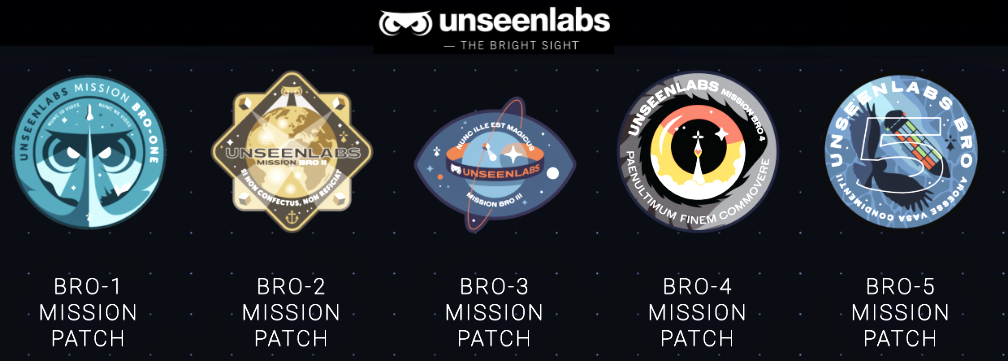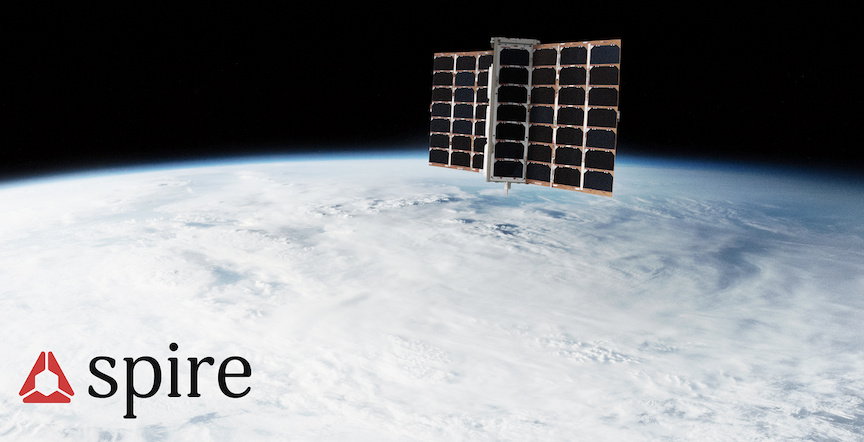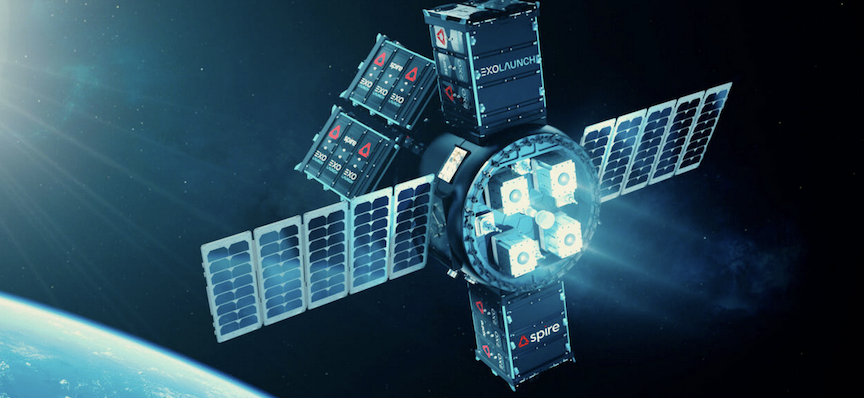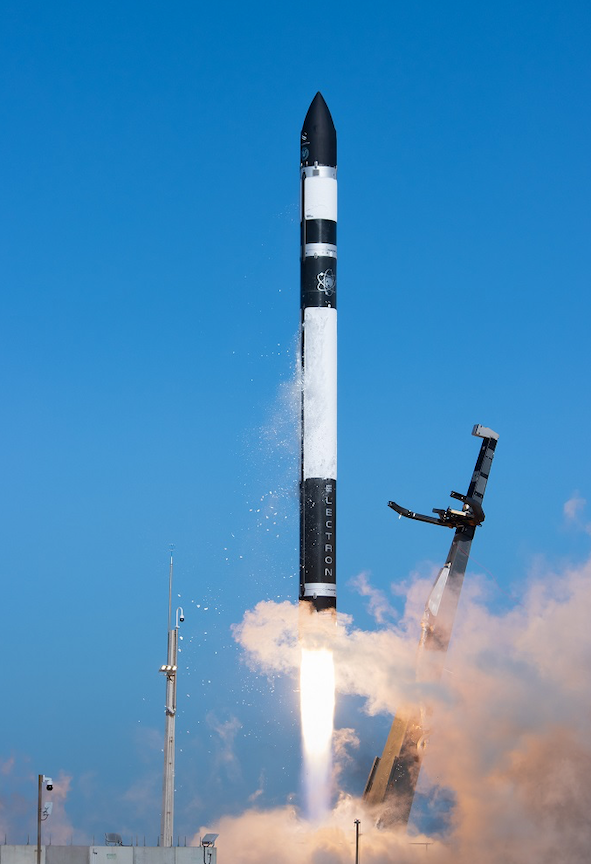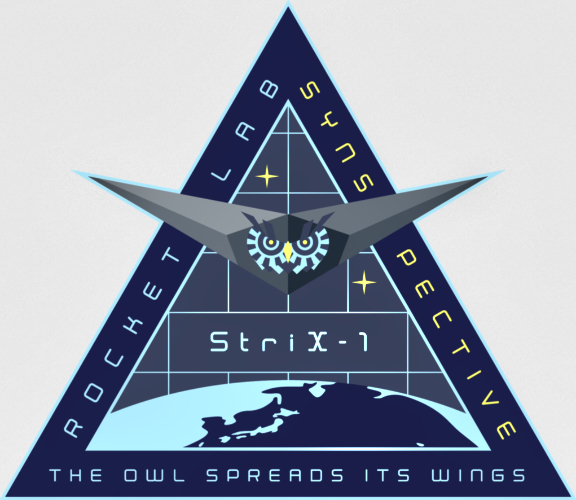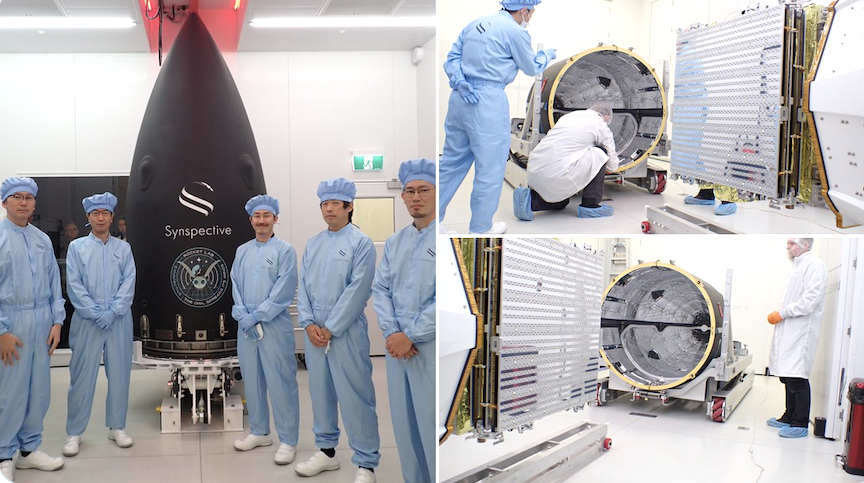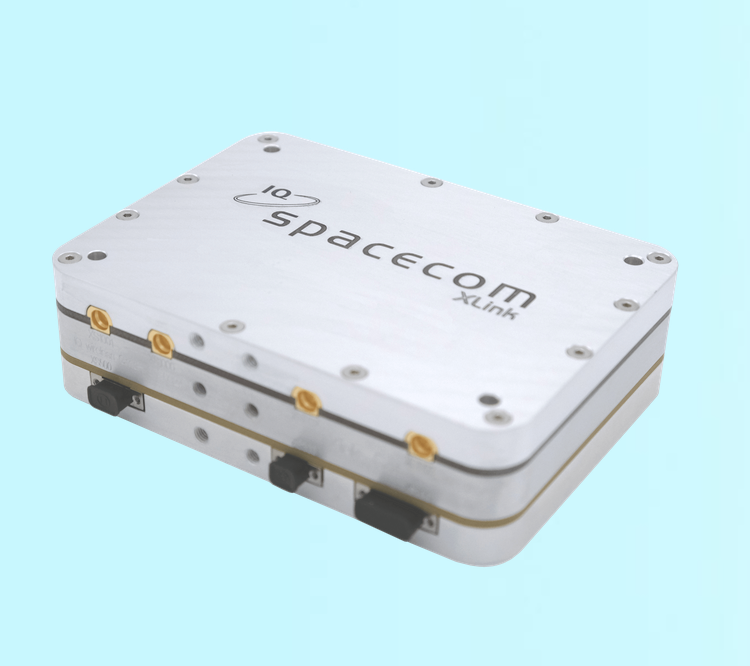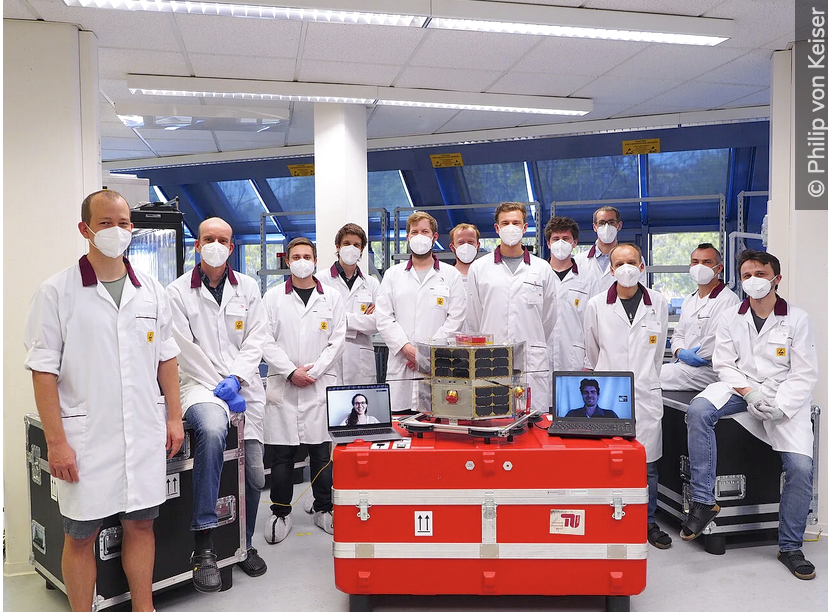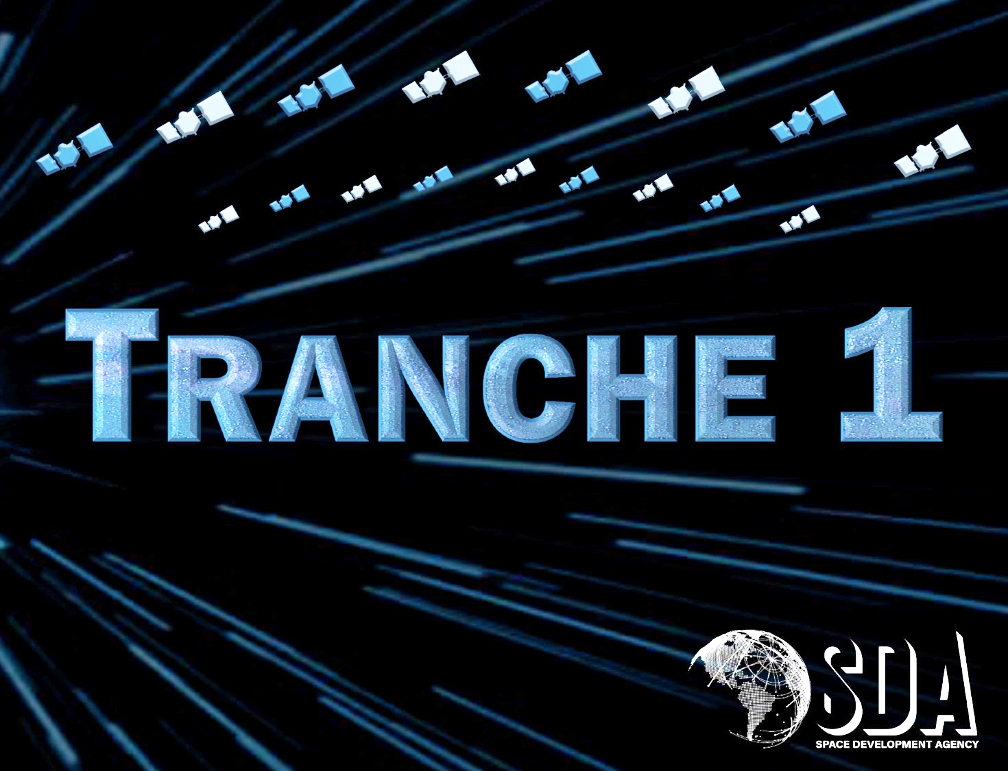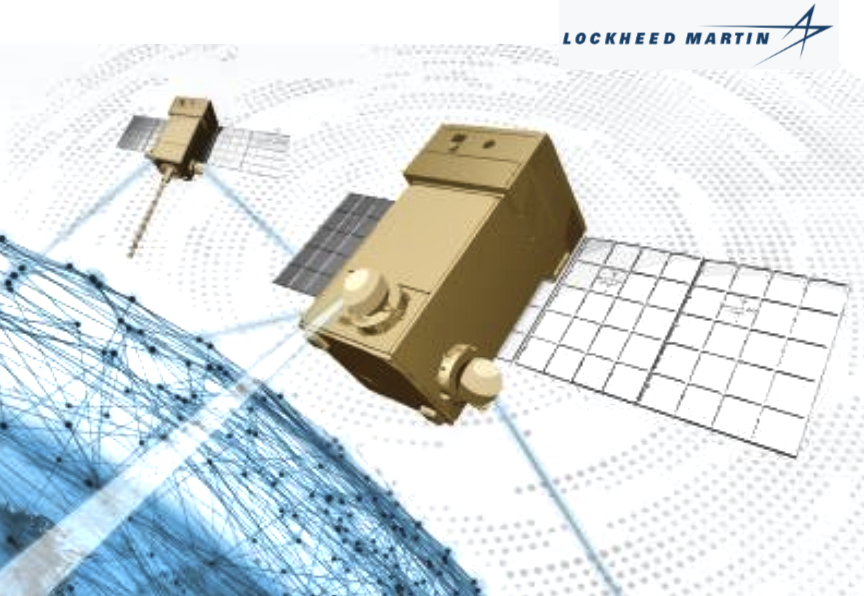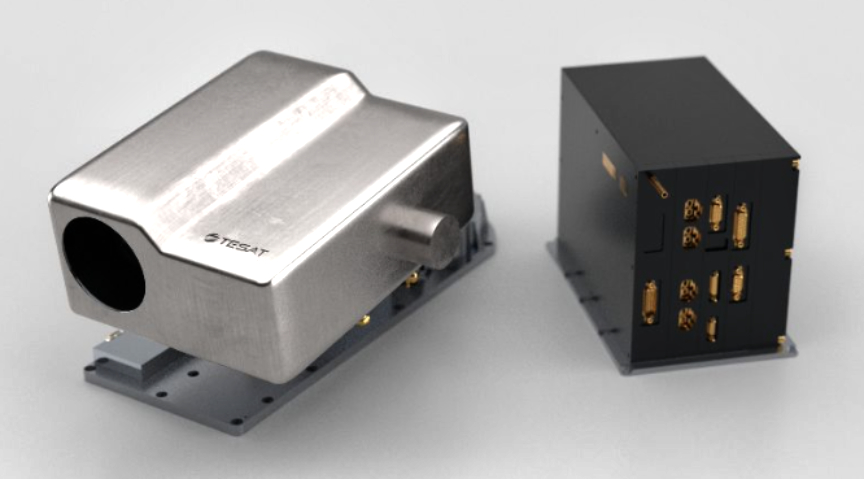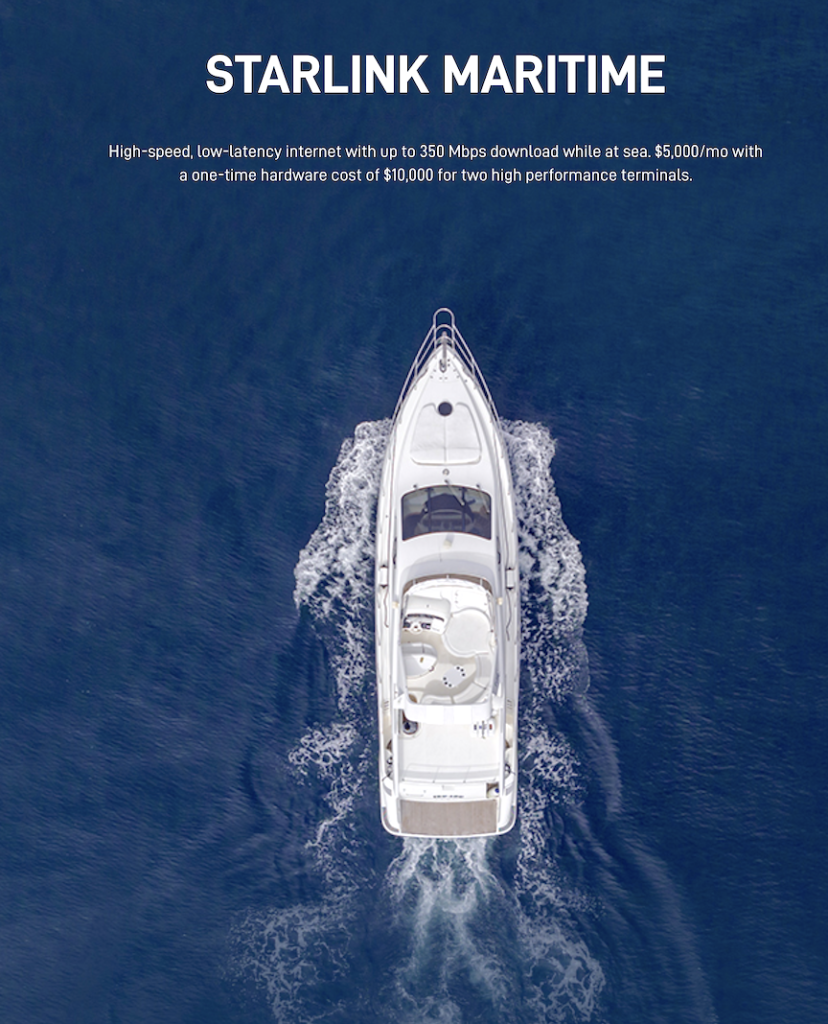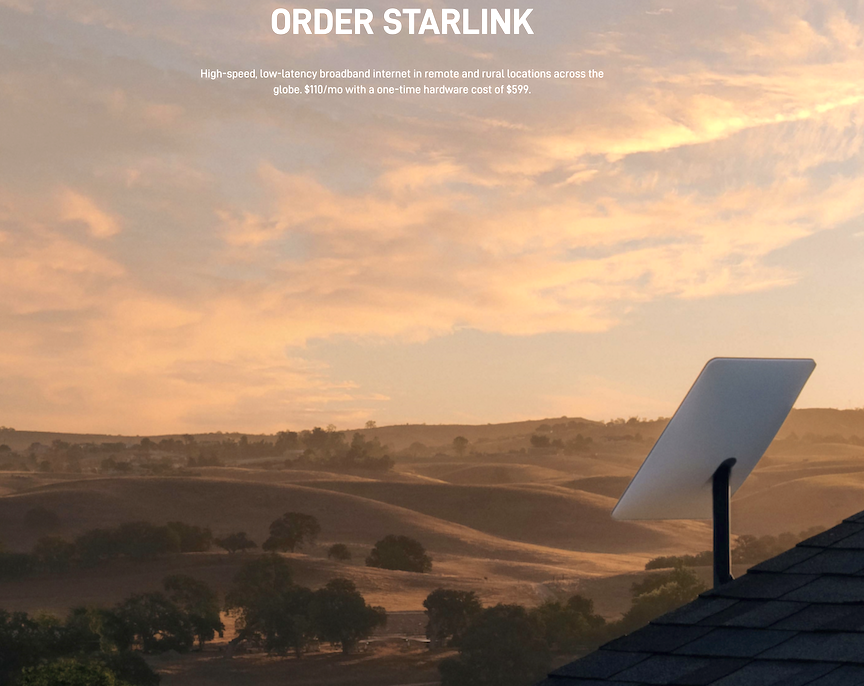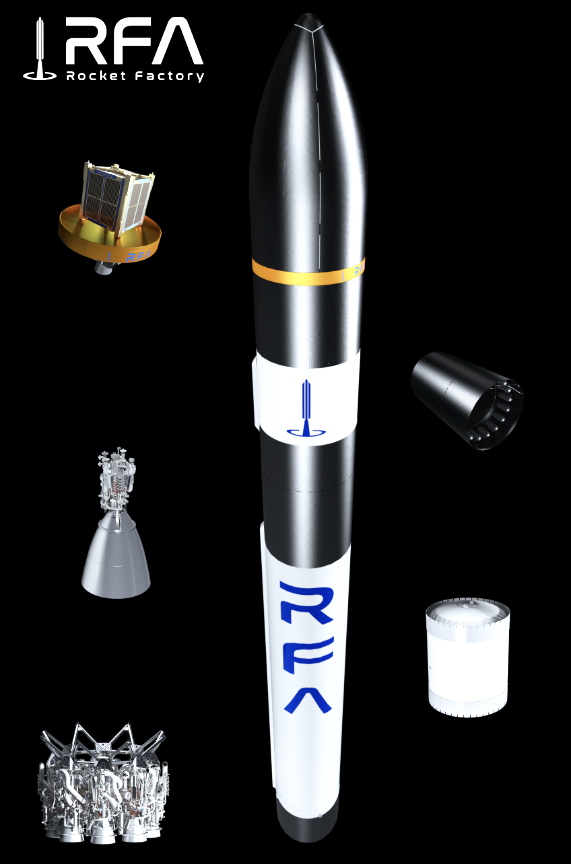
Spaceflight Inc. has signed a Memorandum of Understanding (MOU) for upcoming launches with Rocket Factory Augsburg AG (RFA) — this agreement formalizes the plan for Spaceflight to fly their Sherpa® orbital transfer vehicles (OTVs) and other rideshare payloads on upcoming RFA missions from a variety of European launch sites, including from facilities in the United Kingdom, French Guiana and others — the companies are targeting mid-2024 for their first launch.
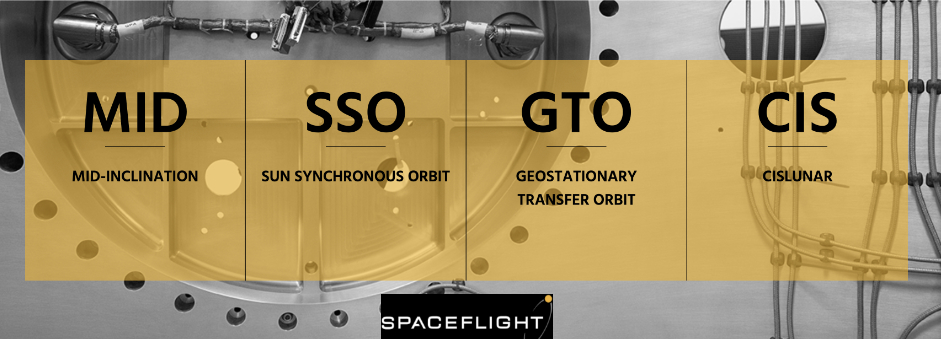
Leveraging its location in the hub of the German automobile manufacturing industry, RFA is minimizing launch system costs with its serial production and assembly approach. RFA ONE, a three-stage, 30-meter rocket can deliver up to 1,350 kg. to a polar Earth orbit.
The company successfully completed the first test campaign of their Helix flight configuration engine in July of 2022, confirming the firm’s milestone traction toward service commercialization. RFA has already signed launch contracts with the German government and about a dozen customers for launches starting in 2023. The RFA ONE rocket is expected to launch as many as 50 times a year in the future, delivering satellites into near-Earth orbit quickly and reliably at a highly competitive price point.
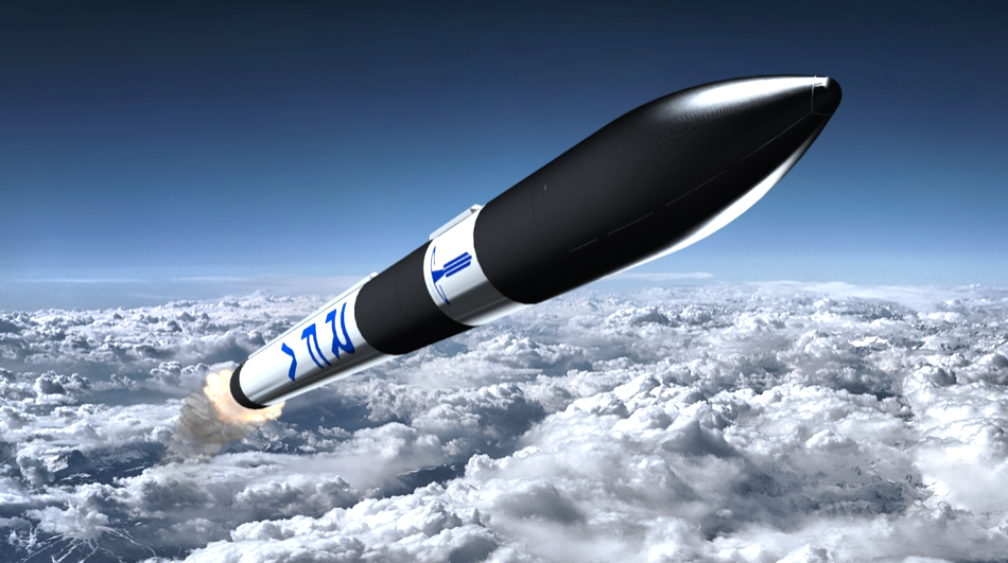
Spaceflight’s Sherpa family of space vehicles are designed to minimize development timelines while maximizing launch schedule reliability and mission assurance. Beyond functioning as a port expander, the modular and flexible transportation vehicles bridge the gap between where a launch vehicle drops its satellites off and the satellites’ final destination orbit – whether that’s LEO, trans-lunar and low-lunar orbits, or beyond to GEO. In addition to precise orbit insertion, Sherpa OTVs support payload hosting, as well as in-space servicing, such as spacecraft maintenance, infrastructure development and debris mitigation.
Earlier this month, Spaceflight successfully launched Sherpa-LTC, the company’s chemical propulsive OTV onboard a SpaceX Starlink mission. The high-thrust propulsive Sherpa successfully deployed from the Falcon 9 and is targeting a 310 km. circular orbit before igniting and transporting a customer payload to a 1,000 km. circular orbit. Previously, the company launched 50 payloads in 2021 from three different Sherpa OTVs, establishing a strong history of success with the program.
“Spaceflight pioneered and truly defined the rideshare market and we’re very excited to partner with them on future launches,” said Jörn Spurmann, Chief Commercial Officer of RFA. “Together with Spaceflight’s unmatched launch and in-space transportation expertise, we can provide the industry with more launch flexibility and options for competitively priced launches to LEO and beyond.”
“The demand for access to cost-effective, last-mile delivery launches is growing rapidly from customers with payloads of all sizes and types,” said Curt Blake, CEO and president of Spaceflight. “Having many different launch options across different price points, orbital destinations, and facility locations are all very important to our savvy spacecraft developer customers. RFA brings increased price competitiveness and launch frequency from many different launch locations throughout Europe. We’re looking forward to extending our launch vehicle portfolio for Sherpa OTVs and rideshare services to now include RFA ONE, and wish them well on their upcoming maiden flight.”

